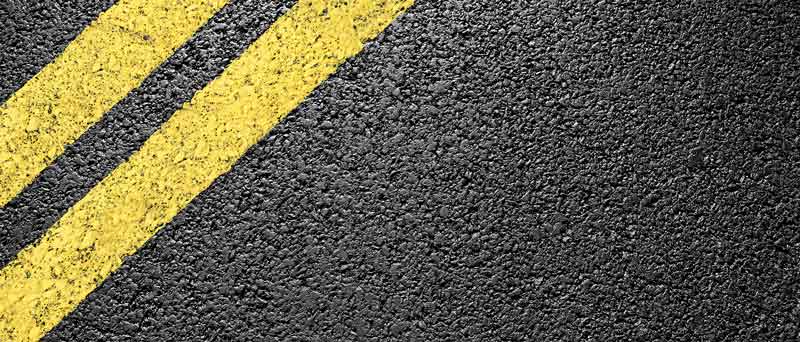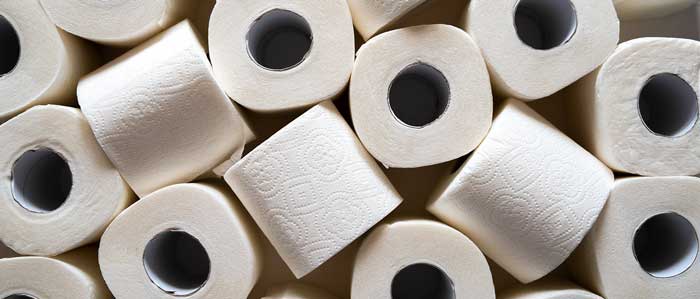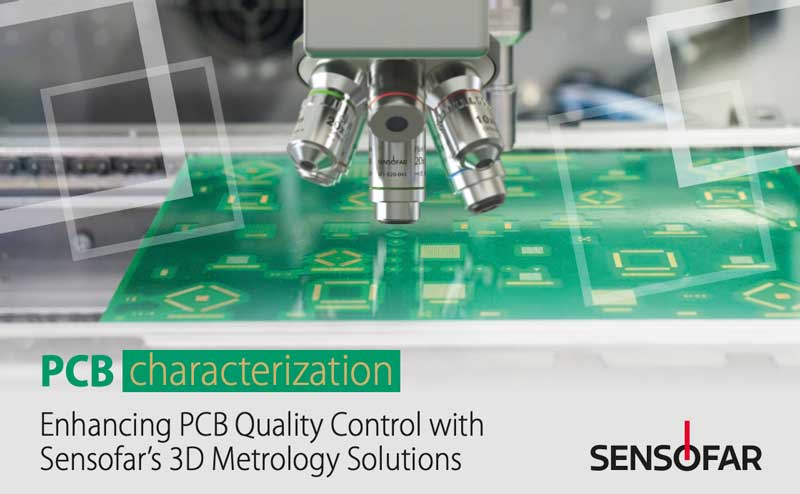The Evolution of Credit and Debit Cards
From commodity money to contactless payments, exchanging currency for goods and services has been a cornerstone of economic stability and growth. Physical currency as a means of accounting developed independently in cultures worldwide. Today, we hardly give the exchange of money a second thought beyond budgetary concerns. As the predominant payment method in the US, there are over 1 billion active credit and debit cards nationwide. But as we’ve moved from swiping to inserting to tapping (contactless payment), what changes have manufacturers made to credit cards?
Magnetic Stripes to Chips to Antennae–Contactless Payment Methods
In the early days, payment cards exclusively employed a magnetic strip to impart the requisite payment details to a given vendor. However, as with any technology, thieves quickly developed “skimmers” and similar means of extracting payment details from these magnetic strips. To address this concern, manufacturers introduced the chip, a small semiconductor device embedded within the polymer body of the card beneath a set of large metal pads. This chip generates a unique code or “key” for each transaction, making the credit card extremely difficult to “spoof.”
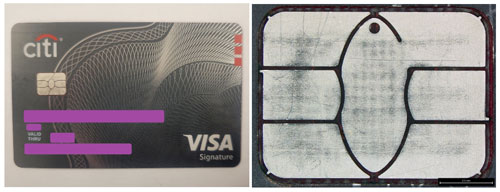
More recently, mainly out of convenience, contactless payment has become ubiquitous throughout the US. The credit card contains a fine antenna wire that electrically connects to the chip beneath the pads. The chip is an RFID device that emits a short-range signal through the antenna to communicate the payment details with the device reader. Interestingly, the credit card’s passive RFID chip does not require a battery to function! The reader emits radio waves that resonate within the card’s antenna and charge small capacitors. Once sufficiently charged, the card utilizes the stored charge to power the chip and transmit the necessary information back to the reader. While contactless readers can pair with credit cards and smartphones, the general principle of communication remains similar. I didn’t want to destroy my phone, so we will focus on my credit card for the remainder of this paper.
What’s Inside of a Credit Card?
X-Ray Inspection of a Credit Card
With the expiration of one of my credit cards, we decided that it would be interesting to see exactly what resided within the thin polymer. First, we performed a non-destructive X-ray inspection using a Dage XD7500.
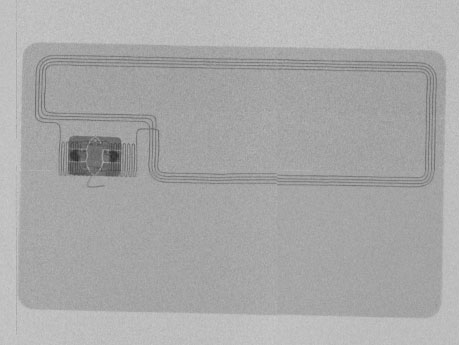
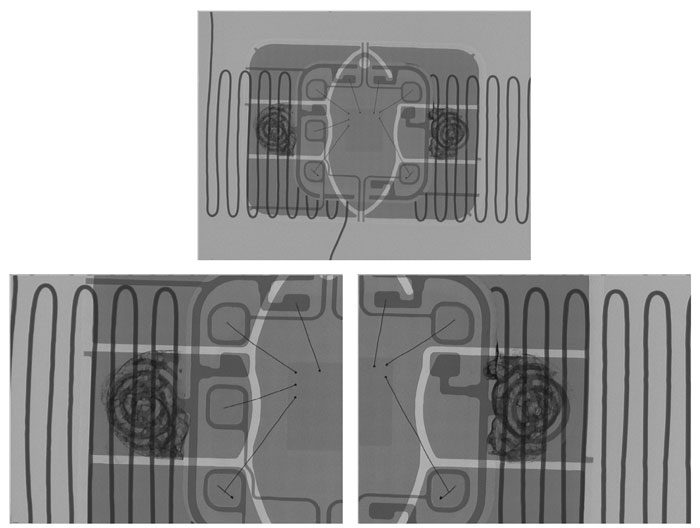
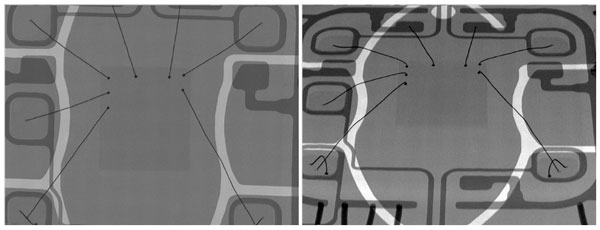
Our inspection led us to note some interesting features of its construction:
- The credit card antenna only occupies the upper half of the card body.
- Silver epoxy electrically connects the antenna to a small internal PCB. It is an epoxy adhesive mixed with small silver particles at a sufficient density to make the final cured material conductive.
- There are visible remnants of the antenna wire, which remain disconnected around the PCB. The wire loops seem to undergo molding. Then, the chip region is “punched out,” and finally, the chip PCB is inserted and connected with silver epoxy.
- There are small bond wire loops over the two lower stitch bonds.
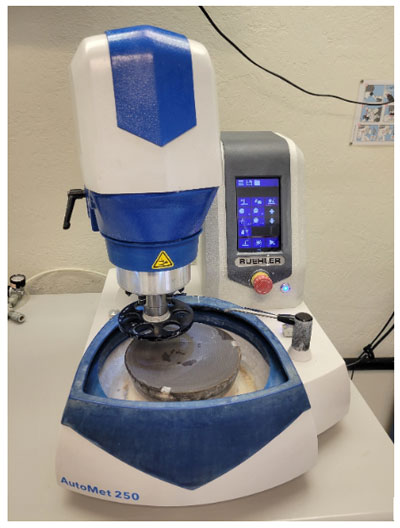
Extracting The Chip of a Credit Card
Next, we extracted the chip region of the credit card, encapsulated it in Buehler EpoxiCure 2, and mechanically cross-sectioned through one of the wire bonds of the internal chip using a Buehler AutoMet 250 rotary polisher. We milled the surface at a glancing angle to further improve the surface finish using a Leica TIC 3X.
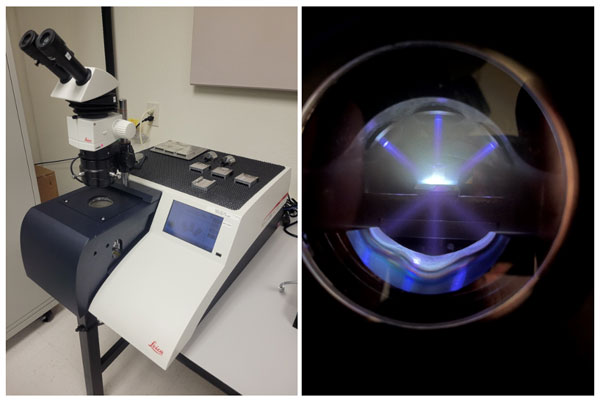
Then, we documented various structures using our ThermoFisher Apreo S field emission scanning electron microscope (SEM).
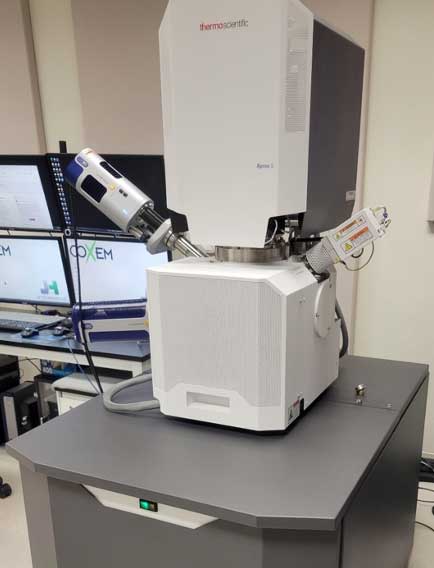
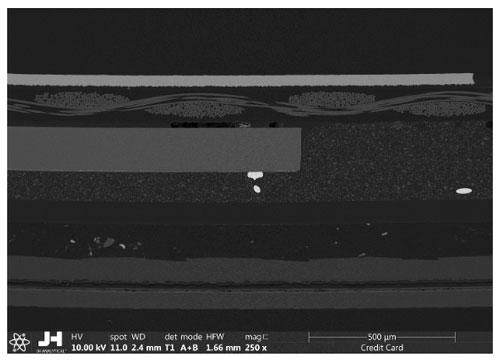
Immediately, we noticed that the die was mounted “upside down” relative to the upper card surface. The woven glass fibers show that the die is first mounted to a PCB, which is then mounted and secured face down into the body of the credit card.
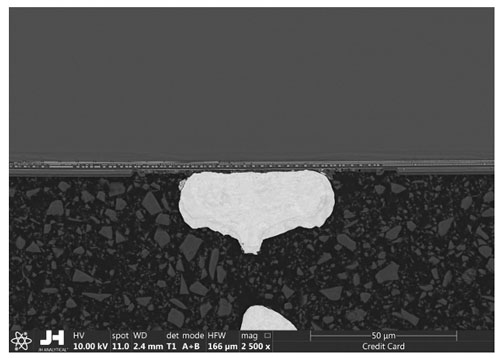
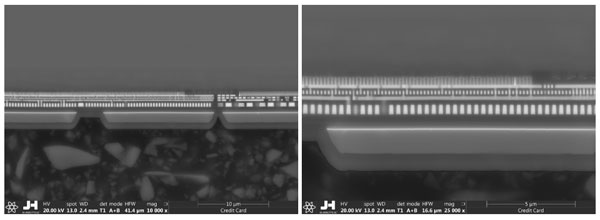
During our inspection, the team noted the following:
- The polymer encapsulates the inverted PCB and RFID chip with filler material embedded throughout.
- We identified a void in the attachment adhesive between the chip and PCB.
- Several planarized copper layers make up the die, over which they have deposited a larger non-planarized aluminum layer (with barrier metal). The device combines silicon oxide and silicon nitride top protection layers.
Credit Cards and the Future of Purchasing
Despite its age, the humble credit card has managed to stay relevant. This is primarily due to continued technological developments and design improvements improving security and convenience over the years. As smartphones continue incorporating a broader array of tech, contactless payment has remained on the fringes. While convenient, the adoption of smartphone contactless payment methods has been slow. This may be in part due to the proprietary nature of certain payment systems, or it may be due to security concerns and the lack of control most users have over the data stored in their phones. Whatever the reason, credit cards are hanging in there and, at least for the foreseeable future, are here to stay. Who knows what the next step in the evolution of the credit card could bring?
Need help with your application?
Complete the form on this page or contact us.


